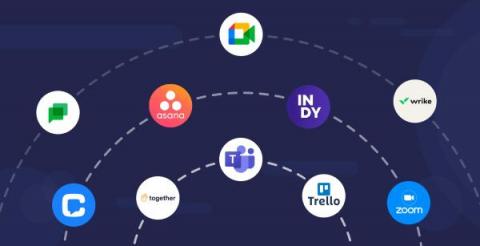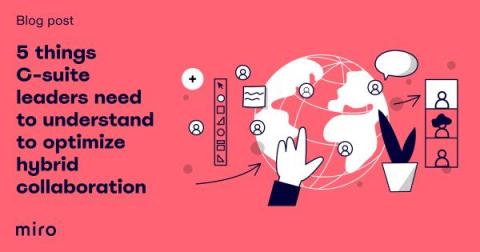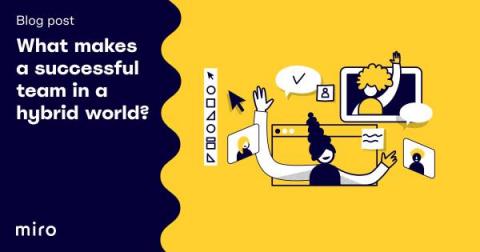Webinar recap: Agile amplified for hybrid teams
The pandemic has forever altered ways of working for many, and organizations continue to adapt to this new normal. For product leaders, this means continuing to develop innovations at lightning speed while also navigating the needs of hybrid teams. Better yet, leaders need a clear understanding of the current hybrid landscape — including the top weaknesses and gaps in existing processes, and best ways to turn talk into action. The good news? Miro is here to help.











